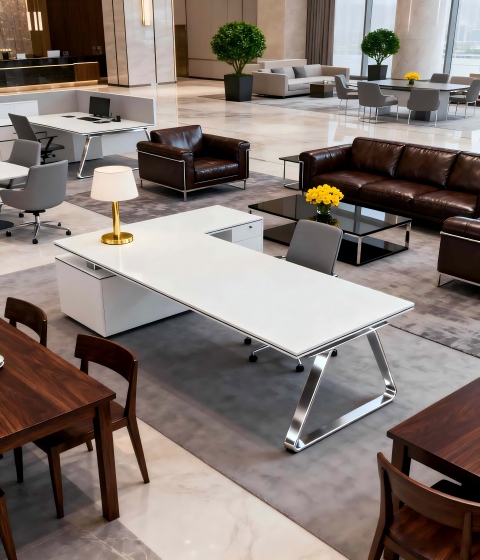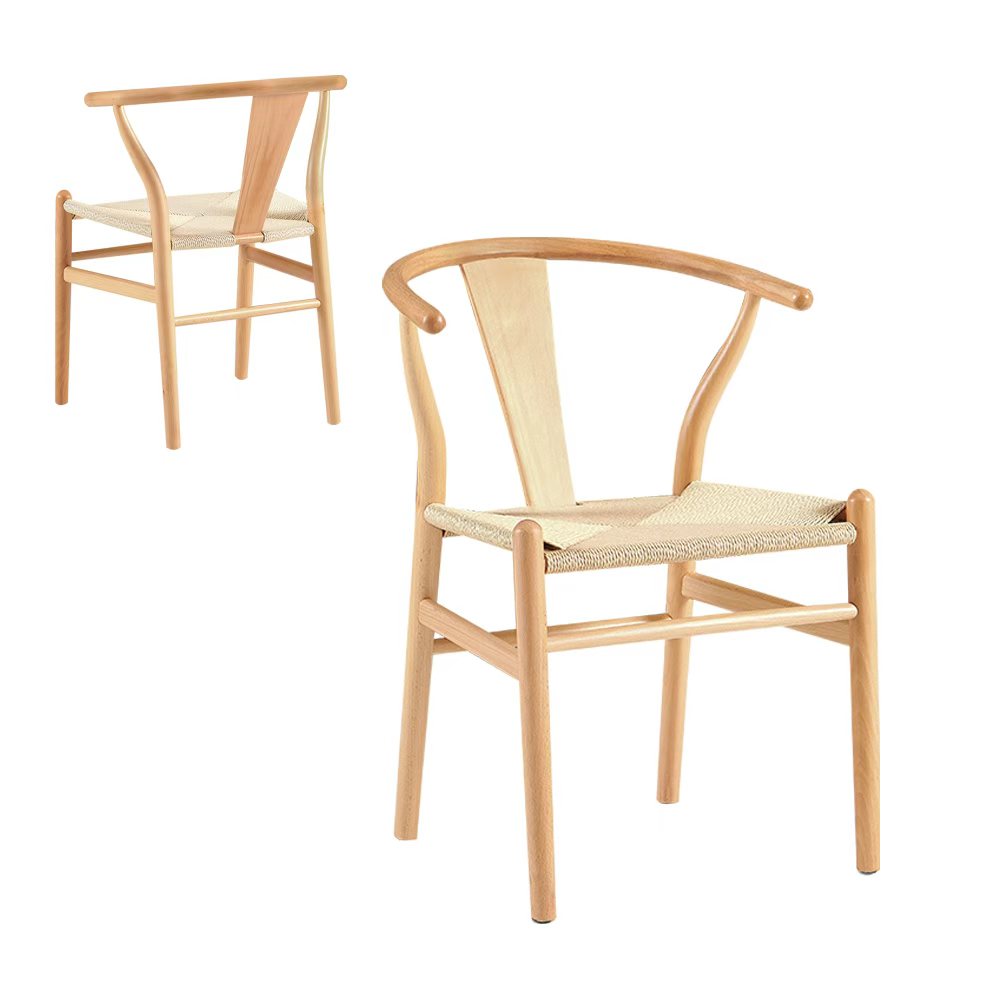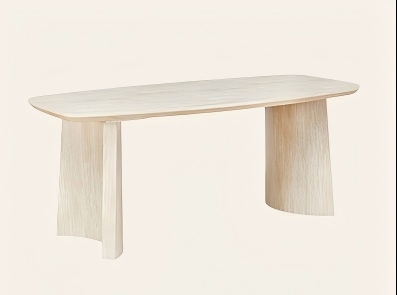Commercial Furniture Import Guide: A Hands-On Guide for Canadian Buyers

Bringing commercial furniture from China to Canada can transform your business. It opens the door to sturdy, affordable products designed for various work settings. As a Canadian importer, I’ve found that success hinges on grasping product types, tackling regulations, and handling logistics that fit Canada’s unique demands. This guide, written from my viewpoint as an importer, breaks down the process step by step. My goal is to help you make wise choices, stay compliant, and grow your profits.
What is Commercial Furniture?
Commercial furniture is made for businesses, public areas, or institutions. It’s not like home furniture, which leans toward personal style. Instead, commercial pieces focus on strength, safety, and practicality to handle heavy use in busy spaces.
Defining Commercial Furniture and Its Main Features
Commercial furniture is built to last. It’s crafted to withstand constant use, regular cleaning, and rough handling. Picture tough frames, fire-safe fabrics, or surfaces that resist scratches. Safety features, like anti-tip designs or ergonomic support, meet workplace rules. These pieces are often modular, so you can rearrange them easily. Also, uniform designs keep a professional vibe across spaces, which helps reinforce a brand’s look.
Major Categories and Product Examples
Commercial furniture serves different sectors. Each has products tailored to its needs:
Office Spaces: Think workstations, ergonomic office chairs, executive desks, filing cabinets, conference tables, and privacy screens. For instance, modular desks with cable management simplify teamwork.
Hospitality Spaces: Hotels need beds, desks, and wardrobes for rooms. Lobbies and dining areas use sofas, dining tables, and chairs. Upholstered benches or armchairs bring comfort to busy hotel restaurants.
Educational and Medical Institutions: You’ll find classroom desks, lab benches, hospital bedside tables, or waiting room chairs. These often have germ-resistant surfaces for cleanliness and stackable designs for flexibility.
Dining and Retail Spaces: Restaurants use tables, chairs, bar counters, and booth seating. Tough materials, like metal bases or easy-to-clean tops, are key for bustling cafes.
Understanding these categories lets me choose products that fit the space and improve how it works.
Who Am I? – Profiling the Canadian Importer
To keep this guide down-to-earth, I’ll share my perspective as a Canadian importer. Picture me as someone navigating the ups and downs of sourcing furniture from China. My challenges and goals mirror those of others in this field.
The Wholesale Distributor or Dealer
I could be a wholesaler in Toronto or Vancouver. My job is buying big batches from Chinese factories and selling to Canadian retailers or office outfitters. I hunt for good deals on items like dining tables or chairs. My aim is to resell them for a profit. Fast delivery is crucial to meet Canada’s seasonal needs, like office setups in spring.
The Project Contractor or Developer
Maybe I’m a contractor working on large projects, like outfitting a new hotel in Calgary or a school in Montreal. I source full furniture sets—benches, armchairs, or panel systems—that match project designs. Customization is a big deal. I need suppliers who can deliver quickly to hit tight deadlines for hotels or schools.
The Large Retailer or Brand Owner
Or perhaps I’m a retailer or brand owner. I look for OEM or ODM partnerships with Chinese factories to create private-label products, like upholstered dining chairs or solid wood tables. These need to appeal to Canadian tastes, especially eco-friendly ones. My goal is a product line that shines in stores across provinces.
Whatever my role, I connect China and Canada. Turning hurdles into wins is what drives my success.
Key Considerations in Importing: Supplier and Product Selection

Picking the right supplier and products is the backbone of importing. From my experience, this step takes careful digging to avoid slip-ups, especially with Canada’s tough rules on safety and eco-friendliness.
Screening Suppliers
I begin by checking certifications to ensure quality. ISO 9001 is a must—it shows reliable production. For office furniture, BIFMA certification checks strength, stability, and emissions. It’s the top standard. If I’m pushing eco-friendly products, FSC certification on wood items catches Canadian buyers’ eyes. Certifications like GREENGUARD, which ensure low chemical emissions, make my imports stand out in health-focused markets.
I also check if a supplier has shipped to Canada before. Do they get North American tastes, like bigger sizes or neutral colors? Suppliers with design teams can adjust products, like modern dining chairs with arms or extendable tables, to fit Canadian styles.
Product Compliance and Adaptability
Products must follow Canadian rules from Health Canada and the CSA. These cover things like fire safety, structural strength, and electrical safety for furniture with features. Items that don’t comply might get stuck at the border or recalled. I always ask for testing reports before shipping.
Adaptability matters too. Canadian spaces aren’t like Asian or European ones—think wider hallways or higher ceilings. Furniture like conference tables or lounge chairs needs the right sizes. Canadians also love eco-friendly materials, like low-VOC finishes or sustainable rubberwood. For example, sintered stone tops on dining tables are tough and stylish, perfect for commercial dining spots.
By focusing on these points, I create a product lineup that goes beyond expectations and builds solid supplier ties.
Logistics, Customs Clearance, and Cost Calculation
After picking suppliers and products, I focus on logistics and costs. Getting this right keeps profits up, especially with Canada’s huge distances and varying import taxes.
Understanding Total Cost of Ownership
The cost isn’t just what the factory charges. I include ocean freight from ports like Shanghai to Vancouver, insurance for damage during shipping, tariffs, inland transport to warehouses in places like Ontario, and storage fees. Currency swings between CAD and CNY can also mess with budgets. Planning for these keeps me ready.
Navigating Tariffs and Documentation
Furniture tariffs in Canada range from 0-9.7%, depending on HS codes. Free trade deals might cut these. I prepare papers like commercial invoices with value and origin details, packing lists, bills of lading, and certificates of origin for tariff breaks. For wood products, fumigation certificates prevent pest-related holdups.
Practical Logistics Advice
I team up with freight forwarders who know Incoterms like FOB or CIF. These terms make it clear who pays what. For smaller orders, shared shipments save cash. GPS tracking lets me follow shipments in real time. I budget 20-30% above product costs for logistics to handle delays from weather or port backups.
Nailing these steps keeps things running smoothly, so I can focus on sales and getting products to market.
Introducing Forest Furniture: Your Trusted Chinese Supplier

Forest Furniture is a leading Chinese manufacturer and exporter. They focus on solid wood and upholstered products, like dining tables, chairs, armchairs, and benches. With over 10 million in registered capital, a team of 20+ employees, and 50+ workers, they blend trade and manufacturing for flexible solutions. Their website features products like the Xander Modern Rectangular Dining Table with MDF top and metal base or the Ciel White Upholstered Swivel Dining Chairs. They hold key certifications and have solid experience exporting to North America. Forest Furniture offers OEM/ODM services, ensuring products match Canadian trends like eco-friendly materials and modern looks.
Conclusion
Importing commercial furniture from China is a smart play for Canadian businesses. It gives access to tough, stylish products at great prices. By picking suppliers carefully, ensuring compliance, and handling logistics well, I can meet Canada’s need for practical, green designs. Success comes from working with dependable suppliers who know the market. This approach turns challenges into chances for growth and profit.
FAQs
What certifications should I look for when importing commercial furniture to Canada?
Check for ISO 9001 to ensure steady quality. BIFMA is key for office furniture, testing safety and strength. FSC certification draws eco-conscious buyers for wood products like dining tables. GREENGUARD boosts value for health-focused spaces by keeping emissions low.
How do Canadian market needs shape furniture sizes?
Canadian spaces often need bigger furniture than Asian designs. Wider benches or taller armchairs suit North American ergonomics. I double-check sizes with suppliers to ensure items like conference tables fit Canadian offices or hotels.
What costs should I plan for when importing commercial furniture?
Besides product prices, count freight, insurance, tariffs (0-9.7%), and inland transport. Shipping upholstered chairs to Ontario adds up. Budgeting extra for delays keeps costs in check.
Why is eco-friendliness a big deal for Canadian furniture imports?
Canadians love green materials, like low-VOC finishes or rubberwood in products like modern dining tables. These meet regulations and appeal to eco-aware buyers in commercial spaces.
How do I start teaming up with a Chinese furniture supplier?
Look for suppliers with Canada export experience. Ask for samples of items like swivel dining chairs. Reach out to manufacturers like Forest Furniture to talk about customization for your Canadian projects.

